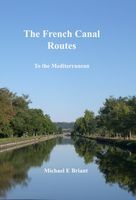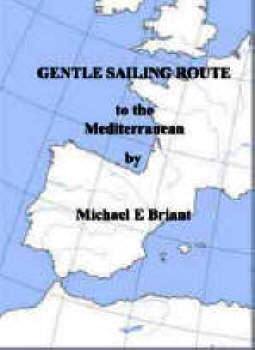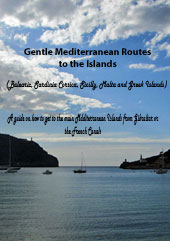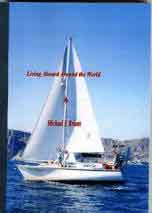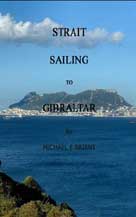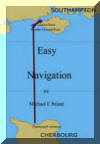
Ronda
is where you should go, if you ever go to Spain on a honeymoon or if you ever bolt with anyone. The entire town and as far as you can see in any direction, is romantic background… If a honeymoon or an elopement is not a success in Ronda, it would be as well to start for Paris and commence making your own friends....... Ernest Hemingway

Ronda is situated in a very mountainous area about 750 m above mean sea level. The Guadalevín River runs through the city, dividing it in two and carving out the steep, 100 plus meters deep El Tajo canyon upon which the city perches. The Spanish Fir (Abies pinsapo) is endemic to the mountains surrounding Ronda.











American artists Ernest Hemingway and Orson Welles spent many summers in Ronda as part-time residents of Ronda's old town quarter called La Ciudad. Both wrote about Ronda's beauty and famous bull-fighting traditions. Their collective accounts have contributed to Ronda's popularity over time.
In the first decades of the 20th century the famous German poet Rainer Maria Rilke spent extended periods in Ronda. There he kept a permanent room at the Hotel Reina Victoria (built in 1906) where his room remains to this day as he left it, a mini-museum of Rilkeana. According to the hotel's publicity, Rilke wrote (though probably not in Spanish) "He buscado por todas partes la ciudad soñada, y al fin la he encontrado en Ronda" and "No hay nada más inesperado en España que esta ciudad salvaje y montañera" ("I have sought everywhere the city of my dreams, and I have finally found it in Ronda" and "There is nothing that is more startling in Spain than this wild and mountainous city.")
Hemingway's novel For Whom the Bell Tolls describes the execution of Nationalist sympathizers early in the Spanish Civil War. The Republicans murder the Nationalists by throwing them from cliffs in an Andalusian village, and Hemingway allegedly based the account on killings that took place in Ronda at the cliffs of El Tajo.
Orson Welles said he was inspired by his frequent trips to Spain and Ronda (e.g. his unfinished film about Don Quixote). After he died in 1985, his ashes were buried in a well located on the rural property of his friend, the retired bullfighter Antonio Ordoñez.
English writer George Eliot's book Daniel Deronda ("Daniel of Ronda") tells the story of a Spanish Jew brought up as an Englishman. There has been some speculation that Eliot's ancestors may have lived in Ronda prior to the expulsion of the Jews from Spain in 1492.
In the fashion world, Italian designer Giorgio Armani specially designed the bullfighting costume called ‘Goyesco’ for famed bullfighter Cayetano Rivera Ordóñez on the occasion of the ‘Corrida Goyesca’ that took place on September 6, 2009, in Ronda. Cayetano's suit of lights was in the Goyaesque style, comprising a jacket, trousers and cloak in techno-satin. The three pieces are embroidered with sequins, small glitter stones and thread, all matching the colour of the background fabric.











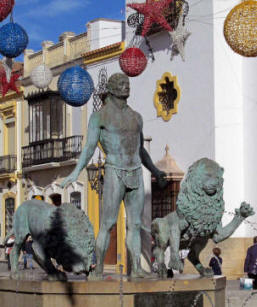




A brief history of Ronda
 Ronda is one of the oldest
cities in Spain. Its origins date back to the Neolithic, according to
archaeological discoveries made in the old town. However, the presence of man in
these parts is much earlier. From it are proof a series of deposits in caves,
among which the Cave of the Pool, for being one of the finest examples of
Andalusian
Palaeolithic cave art .
Ronda is one of the oldest
cities in Spain. Its origins date back to the Neolithic, according to
archaeological discoveries made in the old town. However, the presence of man in
these parts is much earlier. From it are proof a series of deposits in caves,
among which the Cave of the Pool, for being one of the finest examples of
Andalusian
Palaeolithic cave art .

 During Late
Prehistory is attending a proliferation of settlements across the territory,
with respect to the remains that have survived to this day, will be represented
by one of its most important cultural events and monuments, such as the
megalithic necropolis: Dolmen Poplar, Drunk Encino’s, among others.
During Late
Prehistory is attending a proliferation of settlements across the territory,
with respect to the remains that have survived to this day, will be represented
by one of its most important cultural events and monuments, such as the
megalithic necropolis: Dolmen Poplar, Drunk Encino’s, among others.
It will be at this time, then, when it also consolidated the two most important towns of the region, Acinipo and Ronda, although their respective periods of peak den but not after, the first Roman and second in the medieval.
From the Roman occupation of the Peninsula are many vestiges in our area, among which are those found in the city of Ronda. But, undoubtedly, is the archaeological site of the Roman city of Acinipo enjoying the most important, given the state's conservation and some of the most iconic elements of a classical city, as is theatre.
 Acinipo disappeared after
the convulsive period that saw the fall of the Roman Empire, the focus will be
directed to Ronda, which, although a very small nucleus during the early Middle
Ages, is the protagonist since all historical avatars gathered in this
territory.
Acinipo disappeared after
the convulsive period that saw the fall of the Roman Empire, the focus will be
directed to Ronda, which, although a very small nucleus during the early Middle
Ages, is the protagonist since all historical avatars gathered in this
territory.
Of these, noted for its significance and the cultural legacy he has left us and is still visible in many of its manifestations (urbanism, food, traditions, farming systems, etc.), was the Islamic period.

It is at this point that Ronda is configured and consolidated as city, becoming the capital of one of the Kuras (Provinces) in which al-Andalus was divided (the Takurunna) and even become independent kingdom (called Taifa kingdoms) after the dismantling of the Caliphate of Córdoba.
But the most significant role, and which is better known, will come with the Nasrid kingdom of Granada, as its proximity to the territories conquered by the Spaniards he will eregirse, both the city and the region, in border enclave Of particular importance.
With the conquest of the city by the Catholic Monarchs (1485) will produce profound economic and cultural factors that can still be seen in the physiognomy of the urban structure: opening of previously unavailable spaces, extensions of streets, etc.
But will the eighteenth century to mark, in this modern age, the final guidelines will round the role in the context of Andalusia.
It is at this time when building the most significant monuments and emblematic of the aristocracy of the time and the current round: the New Bridge and the Bullring.
Thereafter, and throughout the nineteenth century, forges the romantic image of the city and its mountainous, in which the world of bullfighting banditry and cause a deep impression on many distinguished travellers.

Much of the above history is taken from the Ronda Tourism Website and is their copyright.
|
|
Ronda is where I now live and is a beautiful town up in the
mountains and about an hours drive from the sea. Wonderful place to be
in. Vejer de la Frontera is a white hill town near the entrance to the Straights of Gibraltar. Probably the most unspoilt of all the hill towns - white villages in Southern Spain Boat Import tells you how to handle the importation of your boat legally into Spain and how to avoid paying the 12% matriculation tax. Car Import tells you how to change the plates to Spanish registration, and if its a near new car how to avoid the 12% matriculation tax - How to Register gives full details of how to 'clock into' the Spanish system if you are going to become a resident Northern Spain is just that - a wonderful cruising area for yachties and far removed in every way from the 'Costa's' Banking in Spain give some helpful info on what can be expensive and complicated. With the current 'crises' it's quite a 'cash' society so you need easy and cheap transfers. |
I have just been to pay a three thousand Euro fine, to Malaga Cultural department ,because, the building works carried out for me on the basis of the planning permission I had obtained from Malaga was done in a totlly illegal manner finish without regard to the permissions.
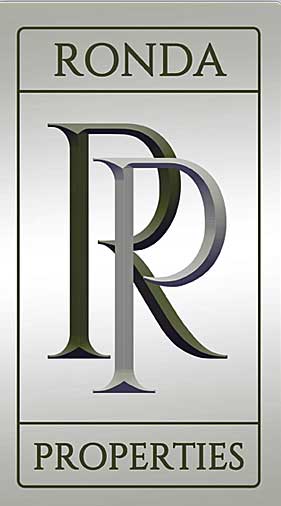
 I
I
RP- Ronda Properties AKA Serrania Property Services
and their builder Augustine were totally illegal!.
After they finished the terrace it leaked!!!!!
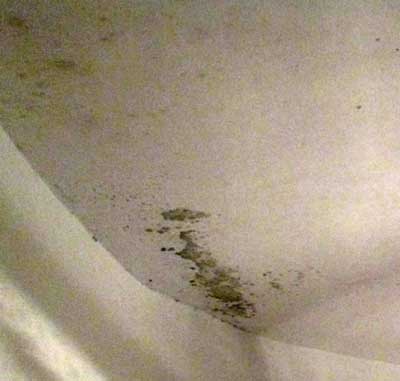

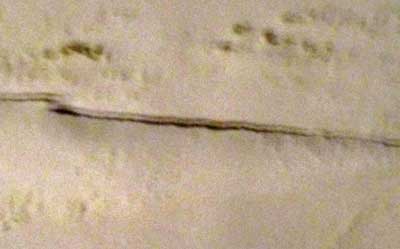
They had used the cheapest possible waterproof membrane and because it was laid on top of a maze of electrical wires they perforated the membrane.
I have now had to pay to have a new legal staircase put in, the terrace totally rewired and retiled.
if you want to know more about this horror story then read:
by
 RONDA
PROPERTIES - La
Serranía Services
RONDA
PROPERTIES - La
Serranía Services
Inmobiliaria-Real Estate
Calle San Jose,1
29400 Ronda, Málaga
wn
hall that that I am no longer associated with the project'.
these people are not Spanish, rather English and Columbian, so I cannot blame Spain for this!
No apology, no regrets, no offers of reimbursement just 'give us more of your money'!
If this is how they treated me over a building project that I had obtained all planning permissions for, I do wonder what it is like to buy a house, farm or flat through these people?
I highly recommend
 builders, who recovered
the terrace disaster and installed the inside staircase with all the works
done to the highest standards at very, very reasonable prices.
builders, who recovered
the terrace disaster and installed the inside staircase with all the works
done to the highest standards at very, very reasonable prices.
They cover the entire Andalusia area and Carlos speaks perfect English & German. Email:- jcsalas@salasduran.com
|
French Canal Routes to the Mediterranean Gentle Sailing Route to the Mediterranean Gentle Mediterranean Routes to the Islands Caribbean Islands Cruising Guides |
For my sailing books and French canal guides please go to
|
I am pleased to say this web site is
who have been kind, helpful and understanding. I really recommend them
Click here to purchase web hosting with HOST 100
